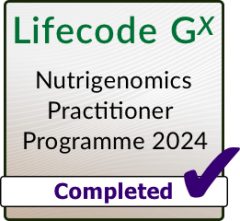Reference Number: 646
Year: 2019
Link: Link to original paper
Health: General health | Metabolic syndrome | Weight Management
Summary
Summary
“Ultra-processed” food is an increasingly common term in health research, with some studies suggesting that a diet high in these foods can increase the risk of multiple diseases concerned to devise policies, investigate dietary patterns, advise people, prepare media coverage, and when buying food and checking labels in shops or at home. Ultra-processed foods are defined within the NOVA classification system, which groups foods according to the extent and purpose of industrial processing. Processes enabling the manufacture of ultra-processed foods include the fractioning of whole foods into substances, chemical modifications of these substances, assembly of unmodified and modified food substances, frequent use of cosmetic additives and sophisticated packaging. Processes and ingredients used to manufacture ultra-processed foods are designed to create highly profitable (low-cost ingredients, long shelf-life, emphatic branding), convenient (ready-to-consume), hyper-palatable products liable to displace all other NOVA food groups, notably unprocessed or minimally processed foods. A practical way to identify an ultra-processed product is to check to see if its list of ingredients contains at least one item characteristic of the NOVA ultra-processed food group, which is to say, either food substances never or rarely used in kitchens (such as high-fructose corn syrup, hydrogenated or interesterified oils, and hydrolysed proteins), or classes of additives designed to make the final product palatable or more appealing (such as flavours, flavour enhancers, colours, emulsifiers, emulsifying salts, sweeteners, thickeners, and anti-foaming, bulking, carbonating, foaming, gelling and glazing agents).
Significance to the baker:
“Ultra-processed” food is an increasingly common term in health research, with studies suggesting that a diet high in these foods can increase the risk of multiple diseases. In response to growing interest from policymakers, academic researchers, health professionals, journalists and consumers, this paper seeks to formulate a clear and simple guide to help identify ultra-processed foods.
Read about how to avoid ultra-processed bread and the benefits of sourdough bread here.

